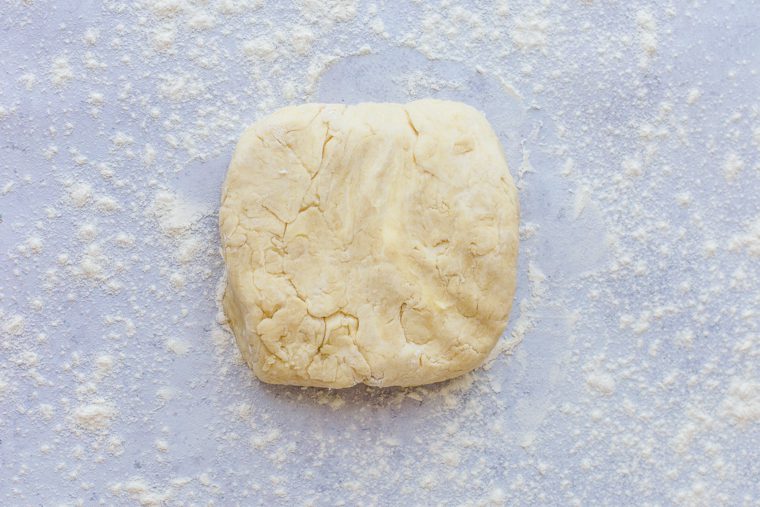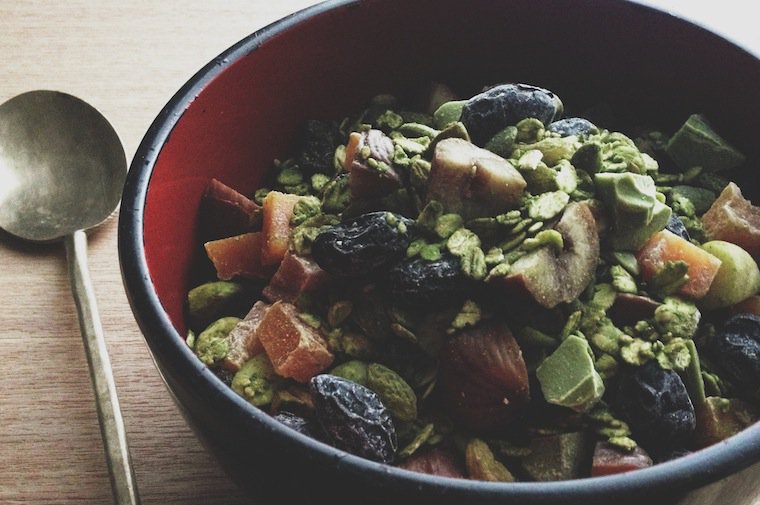My favorite kind of cookbook is the kind that provides you with exciting little jolts of “Why didn’t I think of this sooner?” As long as a book generates at least one of those light bulb moments, however tiny, I consider my money well spent.
The one-egg omelet I want to tell you about today is one such brilliant idea, coming from Nikky Duffy’s River Cottage Baby and Toddler Cookbook, a book I really really like.
Geared toward parents of a young child — you’d gathered that much, I’m sure — it begins with a thorough section on how to feed one, which happens to be in line with my own views on this thorny topic*. But the bulk of the book is devoted to recipes designed so you can cook the same thing for the children and the grown-ups in your household, explaining how to adapt the dish to the former and the latter so everyone’s happy.

Photography by Georgia Glynn Smith.
It is full of simple, nutritious, yet tempting dishes — courgette polpette, pork and apple hash, spinach and onion puff tart — organized by season, but the one I’ve soonest adopted is a year-round basic she calls the Mini Omelette, which is simply an egg, beaten and cooked undisturbed in a skillet, with or without a touch of cheese and herbs.
This results in a thin little egg crêpe, golden-brown and pliable, that you can use in all manner of ways:
– Cut into strips, or rolled up and sliced, to give to a young child,
– Coated with the spread of your choice (say, beet hummus or peacamole or muhammara), rolled up, and eaten as a lovely snack, or sliced and served as a pretty apéritif nibble, or added to top a green salad,
– Garnished with the ingredients of your choice (especially a crunchy salad such as the Ginger and Dill Cabbage Slaw or the Grated Carrot Salad with Avocado) and use like a tortilla, folded up like a taco,
– Cut into half-moons, to be stuffed and rolled and wolfed down like a temaki.
All of these are very transportable ideas, and since the one-egg omelet can be eaten hot or cold with equal delight, it is your lunch box’s new best friend.
I will note that I don’t use a nonstick skillet for this; in fact, I no longer own a nonstick skillet. What I use for eggs nowadays is this very sturdy, nicely hefty, French-made iron skillet from De Buyer that I bought last year, and is more nonstick the more I use it.
Join the conversation!
What other uses would you dream up for this one-egg omelette? And what’s the latest light bulb moment you got from a cookbook?

* If you want to get a better idea whether this book is for you, you can read this Q&A with the author.
Continue reading »










